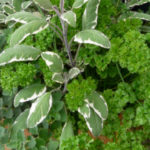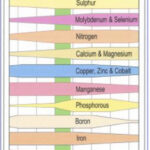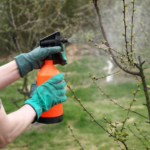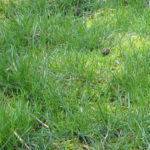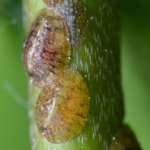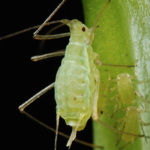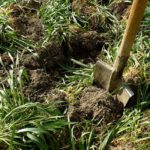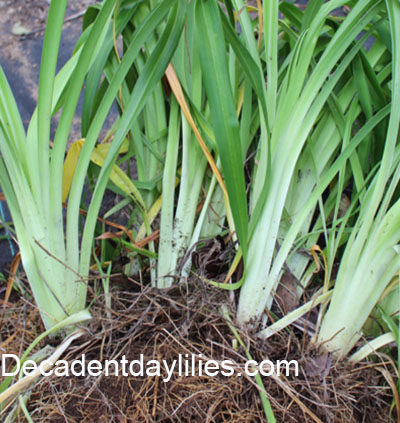
Step By Step How to Divide Daylilies
How to Grow Daylilies by Dividing
 By learning how to divide daylilies is a significant step towards a flourishing daylily garden. In fact, daylilies are the easiest perennial plants to grow, cultivate and divide. There is no need to hire an expert to propagate your daylilies by division. Here are several useful tips that can help you dig and divide daylilies on your own. It’s a simple and natural process that anyone can perform provided they have the necessary tools and information. One of the most essential tools for this task is the garden fork. You’ll use it to lift and split the daylily flower clump. Each gardener who has tried these steps has had a successful procedure. The best time to divide daylilies is in spring or autumn in Australia, largely because the daylilies are rapidly growing and the ground is easy to work with at this time.
By learning how to divide daylilies is a significant step towards a flourishing daylily garden. In fact, daylilies are the easiest perennial plants to grow, cultivate and divide. There is no need to hire an expert to propagate your daylilies by division. Here are several useful tips that can help you dig and divide daylilies on your own. It’s a simple and natural process that anyone can perform provided they have the necessary tools and information. One of the most essential tools for this task is the garden fork. You’ll use it to lift and split the daylily flower clump. Each gardener who has tried these steps has had a successful procedure. The best time to divide daylilies is in spring or autumn in Australia, largely because the daylilies are rapidly growing and the ground is easy to work with at this time.
Best Way to Lift and Divide Daylilies
Use a garden fork or shovel to dig up the clump of daylilies lifting the whole daylily root ball out of the ground. Breaking the clump becomes easy if you remove most of the soil by shaking the clump around the roots then soak the daylily roots in water for two hours this way you will be able to see clearly where to separate your divisions and it will be much easier to pry and split the daylily clump apart, using two garden forks makes this job a success. Garden forks are useful tools for breaking up the daylily root ball, you can do this by inserting the two garden forks back to back and prying the daylily clump back and forwards to split the badly intertwined daylily roots apart. Depending on the number of plants you want from a clump, you can break up your clumps of daylilies up into as many individual plants as possible or you would like. Likewise, you can leave a small mass of daylily plants for that instant clump.
How to Prepare the Planting Bed
Undoubtedly, daylilies grow well in deep, moist and well drained areas. If you want to replant the divided daylilies where you uprooted them, dress up the soil with well rotted compost, manure or some blood and bone fertiliser. By preparing the garden bed the ground should be turned over, tilled or dug to a significant depth of about 10 inches. Daylilies also do well in raised beds, especially where there are drainage problems by filling your flowerbed with rich organic manure and soil. Inspect all your daylilies before replanting them to guarantee they are in good health. Clearly, you should only replant the strong and healthy daylilies for better results.
How to Transplant Daylilies
Once a clump is split into several plants or smaller clumps, replanting is easy and quick. Cut back or prune your daylilies before you replant them. Replant divided daylily division in your preferred style in the garden or give some fans out to your friends and neighbours. Replanting can be done immediately but always remember to allow any cut parts of the plant to dry up before replanting them, you can safeguard the cut area from rotting as this is a stressful time for daylilies and stress causes daylily rot, so you can dip or spray your daylilies with an anti rot fungicide on the daylily foliage and roots before replanting. When planting your daylilies, the crown – the area where the leaves join the roots, should be 1 inch beneath the ground. The soil around the plant should be firm and well watered. Remember, daylilies need good quality soil and damp to flourish.
Put a layer of mulch around the daylily plants to boost moisture retention and discourage weeds. Mulching also protects the shallow feeding roots from drying up especially since they are in the process of recuperating. In the final touches, cut back the foliage to about 4 inches, this will help the plant to retain moisture while trying to adapt to the new environment. One benefit of dividing daylilies is that it helps to increase your garden size. Daylilies should be divided after two to four years depending on their vigour and ability to recover from regular splitting.















